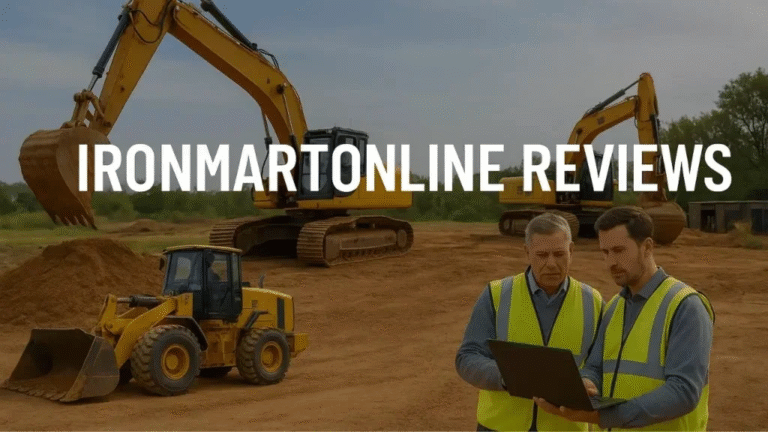
Communities are dynamic places filled with activity, but they also face certain hazards that can lead to accidents if not addressed proactively. Identifying and mitigating these risks is fundamental to ensuring public safety. From natural challenges to human-made risks, understanding these hazards is the first step toward creating safer environments. This article explores the top community hazards and provides practical strategies to prevent accidents.
Poorly Maintained Roads and Sidewalks
The Hazard
Cracked sidewalks, pothole-riddled roads, and uneven surfaces are common hazards in many communities. These issues pose risks to drivers, cyclists, and pedestrians, contributing to injuries and vehicle damage.
Prevention Tips
- Regular Maintenance: Local authorities should prioritize routine inspections and repairs for streets and sidewalks.
- Lighting Improvements: Installing adequate lighting in high-traffic areas can reduce nighttime accidents.
- Community Reporting Systems: Make it easy for residents to report damaged infrastructure via mobile apps or hotlines.
Flood Risk and Water Management Issues
The Hazard
Flooding can happen due to heavy rainfall, clogged drainage systems, or nearby water bodies overflowing. Floodwaters damage properties and create hazards like contaminated water and unstable surfaces.
Prevention Tips
- Proper Drainage Systems: Ensure that storm drains and waterways are regularly cleared of debris.
- Flood Barriers: Use temporary barriers or sandbags in flood-prone areas during adverse weather.
- Community Preparedness: Educate residents about emergency evacuation routes and the importance of flood insurance.
Fire Hazards
The Hazard
Fires can occur in both residential and commercial areas, often caused by electrical faults, open flames, or misuse of flammable materials. Communitywide fires can spread quickly if preventive measures are not in place.
Prevention Tips
- Fire Safety Training: Conduct community workshops focusing on fire prevention and response.
- Regular Checks: Encourage property owners to inspect electrical systems and install smoke detectors.
- Clear Vegetation: Maintain a defensible space around properties, particularly in wildfire-prone regions.
Unsafe Playgrounds
The Hazard
Playgrounds are designed for fun, but poorly maintained equipment or surfaces can become dangerous. Broken swings, sharp edges, or hard surfaces can lead to injuries.
Prevention Tips
- Equipment Inspections: Conduct routine safety checks on playground equipment.
- Soft Surfacing: Use rubber mats or sand to cushion falls.
- Signage: Display safety rules and ensure adult supervision in playgrounds.
Erosion and Environmental Degradation
The Hazard
Gradual erosion and environmental damage can destabilize land, leading to landslides or undermined structures. These issues are particularly concerning in construction zones and areas with loose soil.
Prevention Tips
- Vegetation Restoration: Planting grass, shrubs, or trees helps anchor soil and reduce erosion.
- Retaining Walls: Install retaining walls where slopes are prone to erosion.
- Specialized Solutions: Services focused on erosion control in Idaho and other regions can provide tailored approaches to mitigating this hazard.
Traffic-Related Risks
The Hazard
Speeding vehicles, lack of crosswalks, and confusing traffic signals create unsafe conditions for both drivers and pedestrians. These risks are exacerbated near schools and public gathering areas.
Prevention Tips
- Speed Limit Enforcement: Use speed cameras and patrolling officers to regulate traffic.
- Pedestrian Infrastructure: Add crosswalks, bike lanes, and pedestrian-only zones to improve safety.
- Community Awareness Campaigns: Educate residents about road safety, particularly younger populations.
Electrical and Power Line Hazards
The Hazard
Exposed or poorly maintained power lines can cause fires, electrocution, or outages. This poses a major safety risk, especially during storms or high winds.
Prevention Tips
- Tree Trimming: Conduct routine tree trimming to prevent branches from interfering with power lines.
- Underground Power Lines: Where feasible, replace overhead lines with underground systems.
- Emergency Shutdown Systems: Equip grids with automatic shut-offs when faults are detected.
Improper Waste Disposal
The Hazard
Overflowing trash bins, littered streets, and hazardous chemical waste can lead to health risks and attract pests. These conditions endanger both public and environmental health.
Prevention Tips
- Recycling Programs: Promote recycling and composting to minimize the waste sent to landfills.
- Hazardous Waste Stations: Provide drop-off locations for electronics, batteries, and other hazardous items.
- Regular Collection Services: Ensure timely trash pickup to prevent waste accumulation.
Lack of Emergency Preparedness
The Hazard
Communities that lack coordinated disaster plans or first-aid resources are more vulnerable when emergencies strike—whether they’re natural disasters or other crises.
Prevention Tips
- Community Drills: Conduct evacuation and disaster-response drills regularly.
- Emergency Supplies: Maintain community-wide stockpiles of essentials, like food, water, and medical kits.
- Communication Channels: Establish systems for broadcasting emergency alerts through text messages or apps.
Air Quality and Pollution
The Hazard
Poor air quality caused by vehicle emissions, industrial activities, or wildfires can affect respiratory health. Vulnerable groups like children and seniors are particularly at risk.
Prevention Tips
- Green Alternatives: Encourage the use of public transportation or electric vehicles.
- Monitoring Systems: Install air quality monitoring stations to track pollution levels.
- Tree Planting: Expand urban greenery to improve air quality and reduce temperatures.
Conclusion
Addressing community hazards is a shared responsibility requiring both proactive measures and ongoing maintenance. By taking steps such as improving infrastructure, educating the public, and leveraging specialized services like erosion control in Idaho, communities can prevent accidents and cultivate safer living environments. Preparedness and vigilance are the keys to preserving the health and safety of every member of your community.


